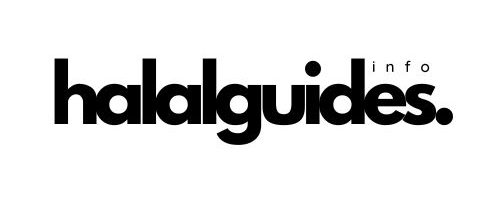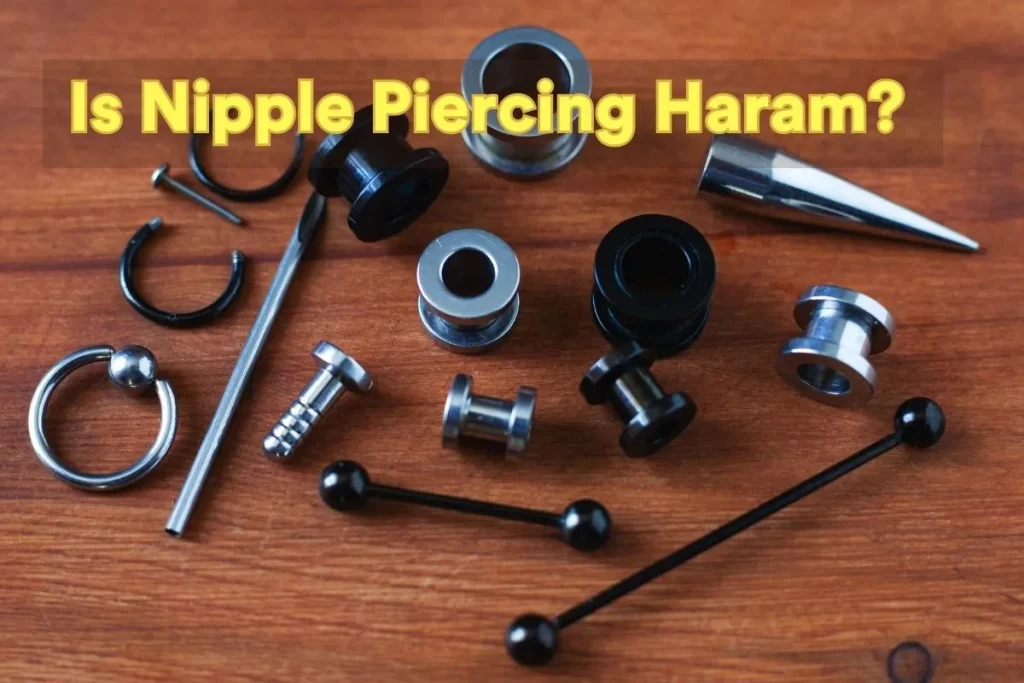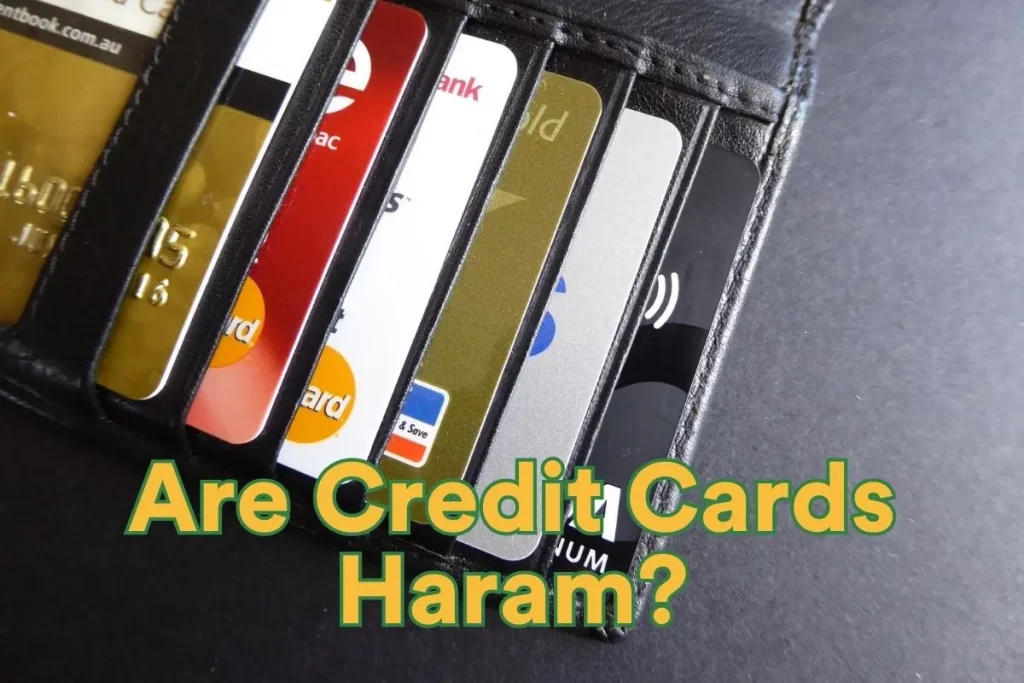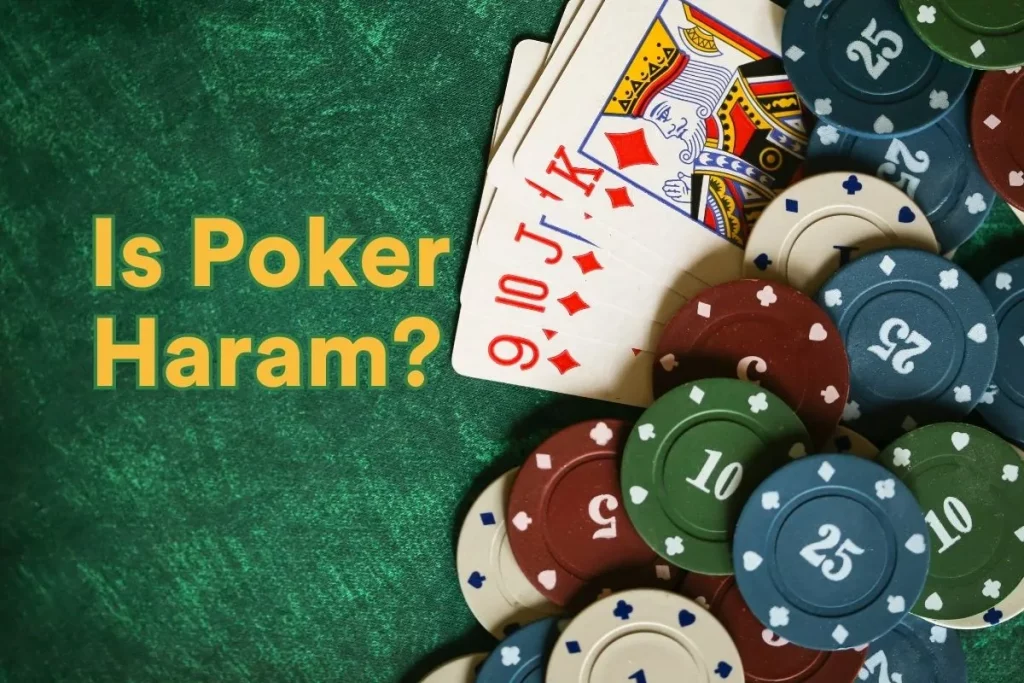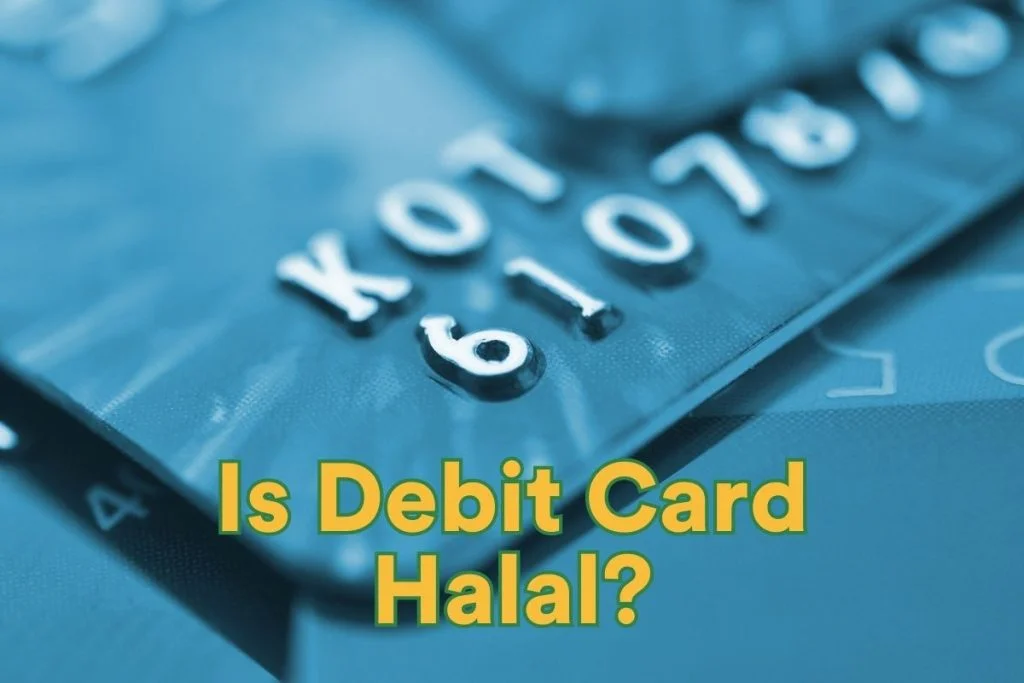Nipple piercing has surged in popularity as a unique form of self-expression, prompting discussions about its alignment with religious beliefs. Amid the pursuit of individuality and body adornment, a central query emerges: Is nipple piercing haram?
Beyond aesthetics, this inquiry delves into religious teachings and cultural norms. Exploring Islamic perspectives, similar to those observed with earrings and nose piercings, we’ll navigate the reasons behind the prohibition of nipple piercing.
Key Takeaways
| 📌 Nipple piercing is considered haram in Islam due to potential harm and alteration of the natural body. |
| 📌 Islamic teachings prioritize preserving health and well-being. |
| 📌 The Qur’an and hadith emphasize avoiding self-inflicted harm. |
Nipple Piercing: What You Need to Know
Nipple piercing is a form of body art that involves puncturing the skin around the nipple. If you’re considering this type of piercing, here are some key points to keep in mind:
Procedure:
To get a nipple piercing, you’ll visit a trained piercer who will use a sterile, hollow needle to create a hole through the skin around the nipple. This procedure is typically quick, taking only a few minutes to complete.
Pain Level:
This type of piercing can be uncomfortable, and the level of pain can differ from person to person. Some describe the sensation as a slight sting, while others compare it to a fire ant bite. It’s important to note that pain perception varies widely.
Healing Time:
Complete healing of nipple piercings can take anywhere from six months to a year. During this period, it’s crucial to maintain proper hygiene by keeping the area clean and refraining from touching it with unwashed hands.
Health Risks:
It absolutely comes with certain risks. There’s a potential for infection, leading to pain, redness, and swelling. It’s also important to be aware that nipple tissue takes longer to heal than other pierced areas, which can increase the risk of infection.
Additionally, scar tissue around the piercing or nipple ring could potentially block milk ducts, affecting breastfeeding for those who plan to do so.
For your convenience, here is the quick summary:
| Aspect | Information |
|---|---|
| Procedure | Trained piercer uses a sterile, hollow needle to create a hole through the skin around the nipple. Quick procedure, typically lasting a few minutes. |
| Pain Level | Pain perception varies from person to person; some describe it as a slight sting, while others compare it to a fire ant bite. |
| Healing Time | Complete healing can take 6 months to a year. Proper hygiene, cleanliness, and avoiding touching with unwashed hands are essential during this period. |
| Health Risks | Potential for infection leading to pain, redness, and swelling. Longer healing time increases infection risk. Scar tissue could potentially affect breastfeeding. |
Is Nipple Piercing Haram?
The ruling on nipple piercing is haram (forbidden) due to the potential harm it can cause to the body and the fact that it alters the creation of Allah. Piercing is considered mutilation of the body, which is unlawful in Islam.
However, some scholars believe that nipple piercing is permissible if it is done for the pleasure of one’s spouse. It is important to note that any piercing that has the potential to cause harm to one’s health, either immediately or in the future, is not allowed in Islam. Piercing can cause adverse effects on health, such as infection, nerve damage, and allergic reactions.
In the Qur’an, Allah firmly instructs believers to steer clear of anything that could jeopardize the well-being of their physical bodies and spiritual souls:
وَأَنفِقُواْ فِي سَبِيلِ ٱللَّهِ وَلَا تُلۡقُواْ بِأَيۡدِيكُمۡ إِلَى ٱلتَّهۡلُكَةِ وَأَحۡسِنُوٓاْۚ إِنَّ ٱللَّهَ يُحِبُّ ٱلۡمُحۡسِنِينَ
“And spend of your substance in the cause of Allah, and make not your own hands contribute to (your) destruction; but do good; for Allah loves those who do good.“
Furthermore, there is a hadith argument in sahih Muslim:
حَدَّثَنَا أَبُو بَكْرِ بْنُ أَبِي شَيْبَةَ، وَإِسْحَاقُ بْنُ إِبْرَاهِيمَ، جَمِيعًا عَنْ سُلَيْمَانَ، – قَالَ أَبُو بَكْرٍ حَدَّثَنَا سُلَيْمَانُ بْنُ حَرْبٍ، – حَدَّثَنَا حَمَّادُ بْنُ زَيْدٍ، عَنْ حَجَّاجٍ الصَّوَّافِ، عَنْ أَبِي الزُّبَيْرِ، عَنْ جَابِرٍ، أَنَّ الطُّفَيْلَ بْنَ عَمْرٍو الدَّوْسِيَّ،
أَتَى النَّبِيَّ صلى الله عليه وسلم فَقَالَ يَا رَسُولَ اللَّهِ هَلْ لَكَ فِي حِصْنٍ حَصِينٍ وَمَنَعَةٍ – قَالَ حِصْنٌ كَانَ لِدَوْسٍ فِي الْجَاهِلِيَّةِ – فَأَبَى ذَلِكَ النَّبِيُّ صلى الله عليه وسلم لِلَّذِي ذَخَرَ اللَّهُ لِلأَنْصَارِ فَلَمَّا هَاجَرَ النَّبِيُّ صلى الله عليه وسلم إِلَى الْمَدِينَةِ هَاجَرَ إِلَيْهِ الطُّفَيْلُ بْنُ عَمْرٍو وَهَاجَرَ مَعَهُ رَجُلٌ مِنْ قَوْمِهِ فَاجْتَوَوُا الْمَدِينَةَ فَمَرِضَ فَجَزِعَ فَأَخَذَ مَشَاقِصَ لَهُ فَقَطَعَ بِهَا بَرَاجِمَهُ فَشَخَبَتْ يَدَاهُ حَتَّى مَاتَ فَرَآهُ الطُّفَيْلُ بْنُ عَمْرٍو فِي مَنَامِهِ فَرَآهُ وَهَيْئَتُهُ حَسَنَةٌ وَرَآهُ مُغَطِّيًا يَدَيْهِ
فَقَالَ لَهُ مَا صَنَعَ بِكَ رَبُّكَ فَقَالَ غَفَرَ لِي بِهِجْرَتِي إِلَى نَبِيِّهِ صلى الله عليه وسلم فَقَالَ مَا لِي أَرَاكَ مُغَطِّيًا يَدَيْكَ قَالَ قِيلَ لِي لَنْ نُصْلِحَ مِنْكَ مَا أَفْسَدْتَ . فَقَصَّهَا الطُّفَيْلُ عَلَى رَسُولِ اللَّهِ صلى الله عليه وسلم .
فَقَالَ رَسُولُ اللَّهِ صلى الله عليه وسلم “ اللَّهُمَّ وَلِيَدَيْهِ فَاغْفِرْ ”
It is narrated on the authority of Jabir that Tufail son of Amr al-Dausi came to the Apostle (ﷺ) and said:
Do you need strong, fortified protection? The tribe of Daus had a fort in the pre-Islamic days. The Apostle (ﷺ) declined this offer, since it (the privilege of protecting the Holy Prophet) had already been reserved for the Ansar.
When the Apostle (ﷺ) migrated to Medina, Tufail son of Amr also migrated to that place, and there also migrated along with him a man of his tribe. But the climate of Medina did not suit him, and he fell sick. He felt very uneasy. So he took hold of an iron head of an arrow and cut his finger joints. The blood streamed forth from his hands, till he died.
Tufail son of Amr saw him in a dream. His state was good and he saw him with his hands wrapped. He (Tufail) said to him: What treatment did your Allah accord to you? He replied. Allah granted me pardon for my migration to the Apostle (ﷺ): He (Tufail) again said: What is this that I see you wrapping up your hands? He replied: I was told (by Allah): We would not set right anything of yours which you damaged yourself.
Tufail narrated this (dream) to the Messenger of Allah (ﷺ). Upon this, he prayed: O Allah I grant pardon even to his hands.
Final Thought
In the world of self-expression and body adornment, nipple piercing stands out as a unique choice. However, Islamic teachings prioritize the protection of one’s health and the preservation of the body’s natural state.
Nipple piercing is deemed haram due to its potential harm and alteration of the body. While personal choices vary, it’s important to consider the potential risks and adhere to Islamic principles when making decisions about body modifications. The journey of self-expression should always be balanced with the preservation of well-being and respect for religious beliefs.
Allahu A’lam (Allah knows best)
FAQs
Is nipple piercing allowed in Islam?
No, nipple piercing is not allowed in Islam. Islamic teachings emphasize the preservation of one’s health and well-being. Nipple piercing, like other forms of body modification that pose risks or discomfort, goes against these principles.
The potential health risks, including infection, nerve damage, and allergic reactions, associated with nipple piercing are not aligned with Islamic teachings that prioritize the protection and care of the body.
Additionally, body modifications that involve altering the natural state of the body are generally discouraged in Islam. Therefore, individuals seeking to adhere to Islamic guidelines should avoid practices like nipple piercing.
Is nipple piercing painful?
Just like any piercing like tongue piercing, nipple piercing can be painful too, but the level of discomfort can vary from person to person. Some people describe the pain as a slight sting, while others say it feels like a fire ant bite. Nevertheless, the pain is typically brief and lasts for only a few seconds.
The expectation of pain could be more distressing than the pain itself. The piercing needle has to puncture the skin, which naturally causes some discomfort. Typically, the healing process for a nipple piercing spans from 6 to 12 months. During the healing process, it is important to keep the area clean and avoid touching it with dirty hands.
Nipple piercing carries a risk of infection, which can cause pain, redness, and swelling. Piercing can cause adverse effects on health, such as infection, nerve damage, and allergic reactions.
Is nipple piercing dangerous?
Yes, it can be dangerous due to the following reasons:
- Infection: Nipple piercing carries a risk of infection, which can cause pain, redness, and swelling. A bacterial or viral infection is always a risk with a nipple piercing, no matter how sterile the conditions of the parlor.
- Longer healing time: Nipple tissue takes longer to heal than most other pierced areas of your body. It may take up to 6 months to a year for the piercing to heal completely.
- Scar tissue and blockage of milk ducts: Nipple piercing could cause problems if you want to breastfeed. Scar tissue around the pierce or your nipple ring could block your milk ducts. Piercings that damage the nerves in your nipple may make it hard for milk to come out. Nipple jewelry can make it harder for your baby to latch on. Your baby might even swallow or choke on a loose nipple ring. Don’t get your nipple pierced if you’re pregnant or breastfeeding.
- Nerve damage: Because of the large number of nerves and blood vessels in the nipple, a misplaced piercing can cause a bloody mess and/or nerve damage.
Is nipple piercing healed?
Nipple piercing necessitates a considerable duration for complete healing, with the specific timeline varying individually. Typically, the healing span spans from 6 to 12 months. In the initial days and weeks post-piercing, diligent aftercare is crucial.
Since the piercing remains fresh, it remains vulnerable to airborne infectious agents and contact with surfaces. During this phase, maintaining hygiene and refraining from touching the area with unwashed hands is vital.
It carries the potential risk of infection, manifesting through discomfort, reddening, and swelling. Notably, scar tissue formation around the piercing or nipple ring could obstruct milk ducts, potentially affecting breastfeeding plans.
Furthermore, there’s a risk of health complications such as infection, nerve damage, and allergic reactions associated with piercing. The sensation of pain experienced during nipple piercing varies from person to person, with descriptions ranging from a slight sting to a sensation akin to a fire ant bite.
- Is Pop Tarts Halal? What You Need to Know - February 18, 2024
- Are Graham Crackers Halal in Islam? - January 19, 2024
- Is Keebler Wheatables Halal? - January 18, 2024
